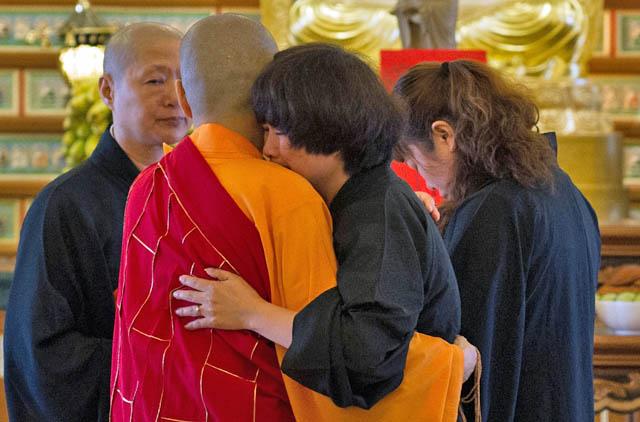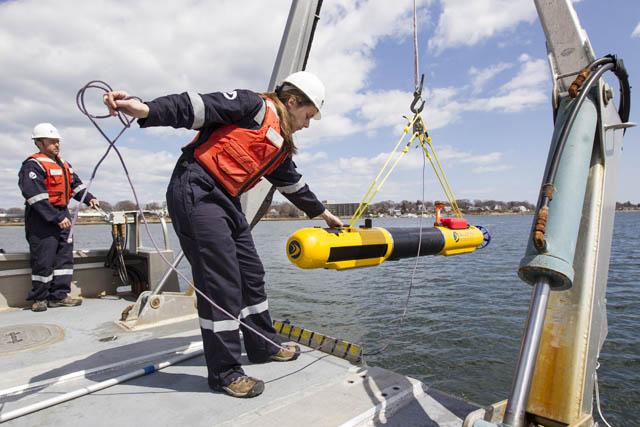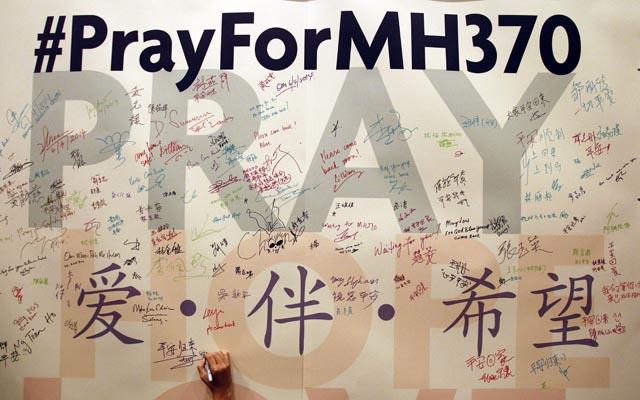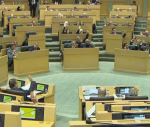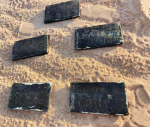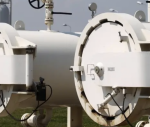You are here
Long search looms for Malaysia jet; families renew protests
By Reuters - Mar 30,2014 - Last updated at Mar 30,2014
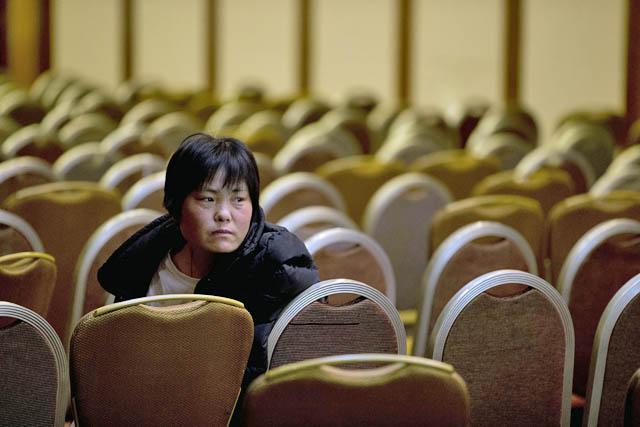
HMAS STIRLING NAVAL BASE, Australia/KUALA LUMPUR — The search for missing Malaysia Airlines Flight MH370 could take years, US Navy officials suggested on Sunday, as search and rescue officials raced to locate the plane’s black box recorder days before its batteries are set to die.
Ten ships and as many aircraft are searching a massive area in the Indian Ocean west of Perth, trying to find some trace of the aircraft, which went missing more than three weeks ago and is presumed to have crashed.
The chief of the China Maritime Search and Rescue Centre, He Jianzhong, told the Xinhua state news agency no objects linked to the plane had been found on Sunday and that Chinese vessels would expand their search area.
Numerous objects have been spotted in the two days since Australian authorities moved the search 1,100km after new analysis of radar and satellite data concluded the Boeing 777 travelled faster and for a shorter distance after vanishing from civilian radar screens on March 8. None has been confirmed as coming from Flight MH370.
US Navy Captain Mark Matthews, who is in charge of the US Towed Pinger Locator, told journalists at Stirling Naval Base near Perth that the lack of information about where the plane went down seriously hampers the ability to find it.
“Right now the search area is basically the size of the Indian Ocean, which would take an untenable amount of time to search,” he said.
“If you compare this to Air France Flight 447, we had much better positional information of where that aircraft went into the water,” he said, referring to a plane that crashed in 2009 near Brazil and which took more than two years to find.
The US Navy cannot use the pinger locator and other sonar used to listen for the beacons on the aircraft’s flight data and cockpit voice recorders until “conclusive visual evidence” of debris is found, US Navy spokesman Commander William Marks told CBS’ “Face the Nation” programme.
If no location is found, searchers would have to use sonar to slowly and methodically map the bottom of the ocean, he said. “That is an incredibly long process to go through. It is possible, but it could take quite a while,” he said.
Among the vessels to join the search is an Australian defence force ship, the Ocean Shield, that has been fitted with a sophisticated US black box locator and an underwater drone.
Australia, which is coordinating the search in the southern Indian Ocean, said it had established a new body to oversee the investigation and issued countries involved in the search a set of protocols to abide by should any wreckage be found.
Malaysia says the plane, which disappeared less than an hour into a flight from Kuala Lumpur to Beijing, was likely diverted deliberately. Investigators have determined no apparent motive or other red flags among the 227 passengers or the 12 crew.
Weather threatens expanded search
The Australian Maritime Safety Authority said aircraft from China, Australia, Japan, South Korea, Malaysia and the United States were involved in the search on Sunday.
The search has involved unprecedented cooperation between more than two dozen countries, and 60 aircraft and ships but has also been hampered by regional rivalries, and an apparent reluctance to share potentially crucial information due to security concerns.
Asked if more resources could be added to the international effort, US Navy spokesman Marks told CBS, “We have about as many assets out there as we can. You have to wonder if the debris is even out there. If we fly over something, we will see it.”
This week, Australia issued a set of rules and guidelines to all parties involved in the search, giving Malaysia authority over the investigation of any debris to be conducted on Australian soil, a spokeswoman at the Department of Foreign Affairs and Trade told Reuters.
“Australia intends to bring the wreckage ashore at Perth and hold it securely for the purposes of the Malaysian investigation,” the spokeswoman said.
Australian Prime Minister Tony Abbott on Sunday appointed a former chief of Australia’s defence forces, Air Chief Marshal Angus Houston, to lead a new Joint Agency Coordination Centre (JACC).
The JACC will coordinate communication between all international partners as well as with the families of passengers, many of whom are expected to travel to Perth.
The Malaysian government has come under strong criticism from China, home to more than 150 of the passengers, where relatives of the missing have accused the government of “delays and deception”.
On Sunday, dozens of angry relatives of Chinese passengers from Beijing met with Chinese embassy officials in Kuala Lumpur, piling more pressure on the Malaysian government over its handling of the case.
“We arrived here this morning with sorrow and anxiety, because the special envoy from Malaysia, the so called high-level tech team, did not give us any effective information in meetings that took place in three consecutive days,” said Jiang Hui, a relative of one of the victims.
“We want the Malaysian government to apologise for giving out confusing information in the past week which caused the delay in the search and rescue effort.”
Related Articles
Malaysia Prime Minister Najib Razak will visit Australia to witness the race-against-time bid to locate a crash site for flight MH370, his government said Monday as a ship equipped to pinpoint its “black box” prepared to steam to the search area.
The hunt for “pings” from the missing Malaysian airliner’s black box narrowed in the remote Indian Ocean on Thursday after fresh signals were detected, raising hopes that wreckage will soon be found.
Australia Thursday ruled out a large swathe of Indian Ocean as Malaysian Flight MH370’s final resting place, compounding the frustration of passengers’ relatives who are still without answers almost three months on.


